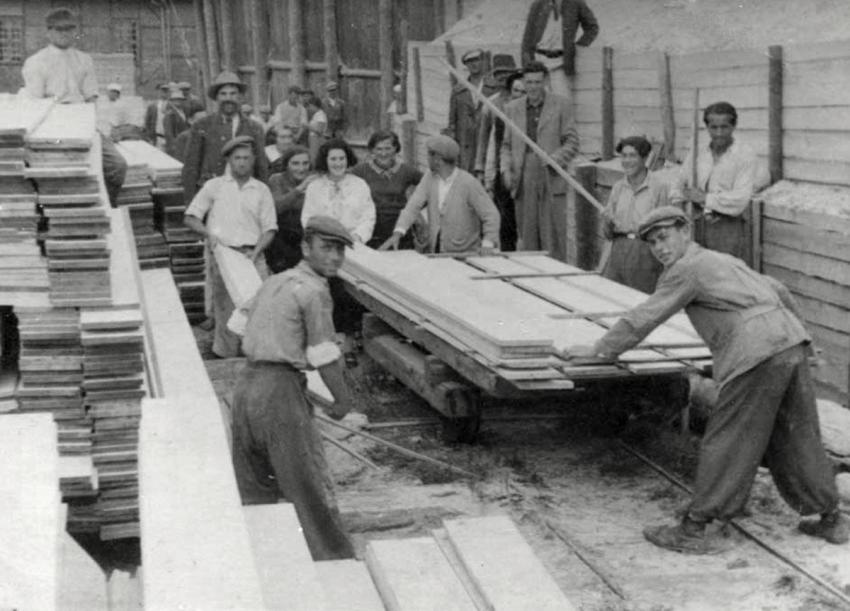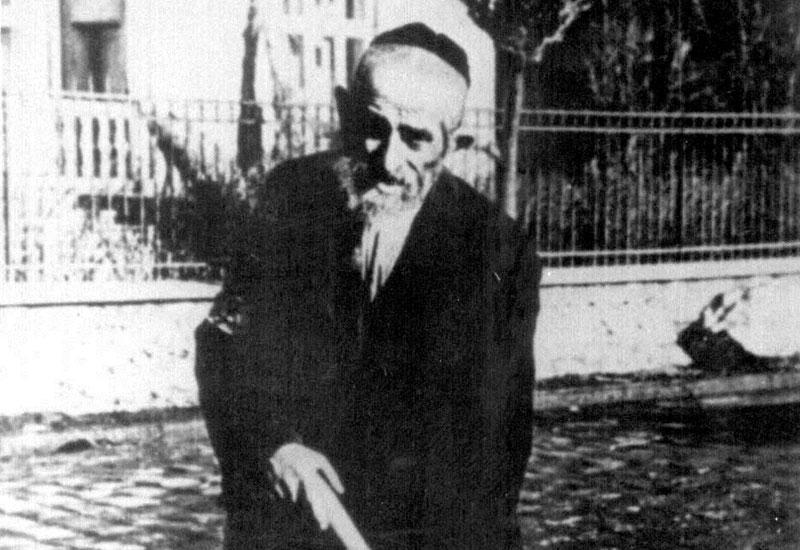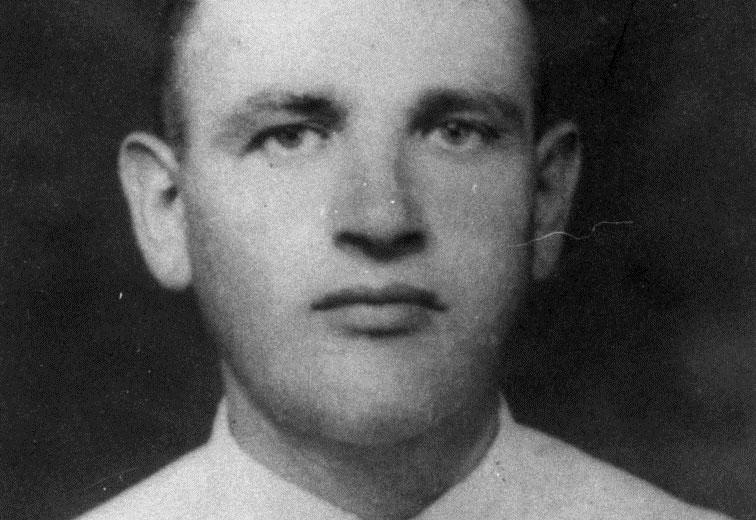In the years between World War I and World War II, the city of Nadwórna (today Nadwirna, western Ukraine) was located in southeastern Poland, in the region of Galicia. There has been a Jewish presence in Nadwórna since the end of the 17th century. From the outset, the Jewish community in the city worked mainly in trade, light industry and craft, serving the city's population as well as the farmers in the surrounding areas. In the 19th century, the Jewish community flourished: the Jews became the majority of the population and conducted multifaceted political, educational and cultural activities. During World War I, the community's economy was damaged. Together with renewed antisemitism after the war's end, this led to a dramatic decrease in the number of Jews in Nadwórna. Establishing welfare institutions, the community endeavored to recover and Zionist activities grew.
With the onset of World War II, the Red Army occupied Nadwórna. During Soviet rule, the educational, cultural and economic activities of the Jewish community suffered. In July 1941, some two weeks after the invasion of the Soviet Union by Germany and its allies, the Hungarians captured Nadwórna. In September, the city passed into the hands of the Germans.
In October 1941, the Germans and the Ukrainian police murdered over 2,000 Jews from Nadwórna in an Aktion in a nearby forest. In April 1942, the remaining Jews of the city were incarcerated in two ghettos, to which more Jews were brought from the surrounding villages. In October and November 1942, the last Jews of Nadwórna were murdered and the community ceased to exist.









